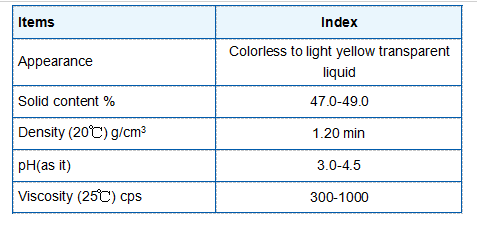Coagulation and Flocculation in Water Treatment - Process, Mechanisms, and Benefits
Coagulation and Flocculation in Water Treatment
Water treatment is essential for ensuring safe and clean drinking water for communities worldwide. Among the various processes involved in water purification, coagulation and flocculation are fundamental steps that help remove suspended particles, microorganisms, and contaminants from water sources.
Coagulation is the first stage in this process, involving the addition of chemical coagulants to water. Common coagulants include aluminum sulfate, ferric chloride, and polyamine. These substances facilitate the aggregation of small particles into larger clusters, known as flocs. The mechanism behind coagulation relies on neutralizing the electrostatic charges that keep these particles suspended in water. When the coagulants are introduced, they produce charged ions that destabilize the particles, allowing them to bond together.
Once coagulation has taken place, the next step is flocculation
. This stage involves gentle stirring or mixing to promote the formation of larger flocs from the smaller aggregates created during coagulation. The mixing process encourages the particles to collide and adhere to one another, ultimately forming larger and heavier flocs that can be more easily removed from the water.coagulation and flocculation in water treatment

Following the flocculation process, the treated water moves on to sedimentation, where the larger flocs settle to the bottom of the treatment basin, resulting in cleaner water. This process is crucial because smaller particles would require more energy and time to remove. The remaining clear water is then further polished through filtration and disinfection processes to ensure safety and palatability for human consumption.
The efficiency of coagulation and flocculation is influenced by several factors, including the type and dosage of coagulant used, the pH of the water, temperature, and the presence of other contaminants. Properly optimizing these parameters is vital for achieving the desired water quality.
In summary, coagulation and flocculation are critical processes in water treatment that enhance the removal of contaminants by transforming suspended particles into settleable flocs. As water quality standards continue to evolve, advancements in these processes will be essential to ensure the safety and availability of drinking water in an increasingly challenging environment. Effective management and optimization of these steps can lead to significant improvements in water treatment efficiency and community health.
-
Water Treatment with Flocculant Water TreatmentNewsJun.12,2025
-
Polymaleic AnhydrideNewsJun.12,2025
-
Polyaspartic AcidNewsJun.12,2025
-
Enhance Industrial Processes with IsothiazolinonesNewsJun.12,2025
-
Enhance Industrial Processes with PBTCA SolutionsNewsJun.12,2025
-
Dodecyldimethylbenzylammonium Chloride SolutionsNewsJun.12,2025





